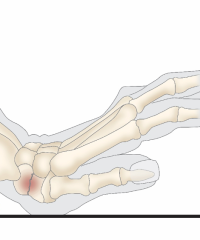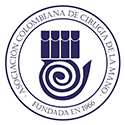Hammer Toe
Recent posts
Do you have any doubt?
My goal is to help them regain not only function, but also the quality of life they deserve. If you are experiencing pain, movement limitations or injuries to your hands, I am here to offer you my experience in the field. Together, we can chart a path to recovery and restoration of vitality to your hands.
Categories
Traumas in the hand account for 10% of all emergencies attended in the emergency room and one of the most frequent traumas is hammer toe.
What is it?
Hammer toe is an injury of the extensor tendon, which is located on the dorsal surface of the distal phalanx of the finger. The trauma manifests as a deformity of the fingertip, evidencing an inability to extend or straighten the finger.
Generally, the finger that most frequently suffers from this trauma is the ring finger or the middle finger of the dominant hand. Basketball is a risky sport for these types of injuries, but it can also happen when making the bed or getting dressed.
How can it happen?
It is an injury that occurs after a direct trauma to the tip of the finger or a forced flexion of the tip of the finger and can occur in two types:
- An injury only to the tendon from a rupture due to forced flexion.
- A small fracture that includes the area where the extensor tendon ends, due to a hyperextension of the finger.

How do you know what type of hammer toe is it?
It is important to visit the hand surgeon for an evaluation in order to confirm the clinical diagnosis, but at the same time an X-ray should be performed to rule out or confirm a fracture.

How is it treated?
Once the hand surgeon evaluates the radiograph, the decision is made to perform a medical management or a surgical management.
Medical management consists of the use of devices, that is, splints, which seek to place the finger hyperextended to achieve the healing of the tendon. The use of splints should only be indicated by your hand surgeon.
Surgical management consists of the use of pins or kirschner wire, with which the aim is to facilitate the bone to stick or consolidate. Your treating doctor will inform you the time of this treatment.
After the use of the splint or Kirschner wires, the patient will require physical therapy to guarantee the recovery of the mobility of the finger. Incorrect handling or failure to consult will cause a deformity of the finger, causing limitations for activities of the everyday life.


















